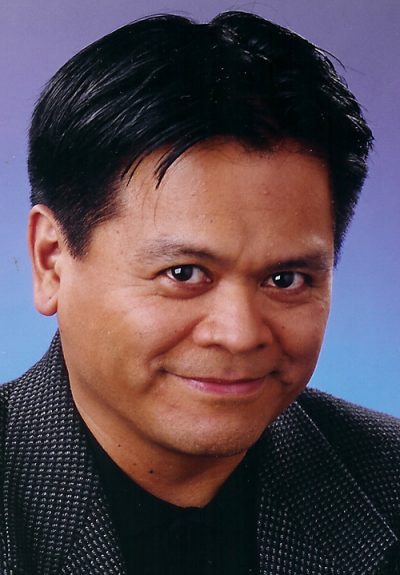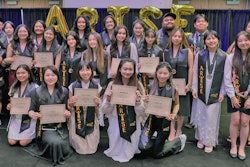I don’t want to predict what the Supreme Court will do in the case where some Asian Americans are being used to sue Harvard over discrimination in admissions.
But the latest Harvard numbers do seem to make a mockery of any such claim.
Last week, Harvard announced the racial make up of its Class of 2025, and it looks like the admissions process was more than fair to Asian Americans.
 Emil Guillermo
Emil GuillermoThey were No. 1, at the head of the class.
A total of 1,968 applicants were admitted, with Asian Americans making up 27.2 percent of admits.
Compare that to African Americans at 18 percent; Latinx, 13.3 percent, Native American, 1.2 percent; and Native Hawaiian, 0.6 percent.
That’s makes the class of 2025, 60.3 percent BIPOC, by my math, leaving whites a minority at less than 40 percent.
That’s diversity at the nation’s top elite college. And it would seem to take the urgency out of the suit before the High Court.
As I’ve always said, who’s discriminating against whom if Asian Americans have reached the highest percentage at Harvard ever?
Does an Asian American parent really have a claim if their Johnny or Jane with straight A’s and highest test score doesn’t get in? And then again, what are the damages if Johnny or Jane end up at some other Ivy League school?
Harvard’s admissions process is based on a holistic sense of the applicant, not just grades and test scores. It’s a lot like other schools’ methods where grades and test scores and race are just one factor. It’s a method that has stood up to court challenges for years.
The difference this time is that the white anti-affirmative action types thought they could engineer the perfect plaintiff, an aggrieved minority group. What can be better than some plaintiffs from the stereotypical “model minority”?
So the same people who brought forth the Fisher/University of Texas case and lost, turned to aggrieved Asian Americans who got rejected at Harvard and recruited them to be the new human shields for this version of the anti-affirmative action crusade.
The case lost in the lower court and has been appealed all the way to SCOTUS.
In the meantime, the admissions process rolls on, and lo and behold: At 27.2 percent of the class, are Asian Americans really discriminated against?
Or are the plaintiffs saying Harvard should be 40-45 percent Asian American as they are at some campuses of the University of California?
Right now, the new Harvard freshman class is under 40 percent white. If the admissions were blind and Asian American applications rose, that would probably make Harvard’s white admissions drop.
Hard to imagine that’s what the anti-affirmative action folks were hoping for—where the white admissions drop so low they end up arguing for affirmative action for whites.
But this is the folly of all the lawsuit against Harvard, and even the recent attempt to bring back the case against Yale that the Justice Department recently dropped.
These are favored activities of white conservative activists who need to stay busy. Fighting affirmative action is their thing. The preservation of systemic white supremacy. They just thought this time they might get further ahead if they used Asian Americans as white proxies to fight their battles.
It’s not working.
The latest numbers from Harvard show, the current system doesn’t discriminate against Asians and works a heck of a lot better than people may think.
At more than 5.6 percent of the nation’s population, they are 27.2 percent of Harvard’s next freshman class.
Can you honestly take that discrimination lawsuit seriously?
Emil Guillermo is an award-winning journalist and commentator. He writes for the Asian American Legal Defense and Education Fund website. You can follow him on Twitter @emilamok



















